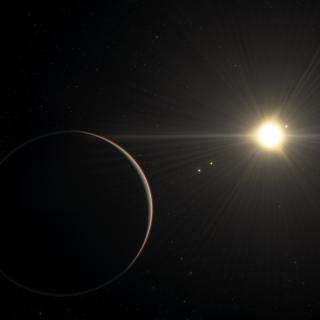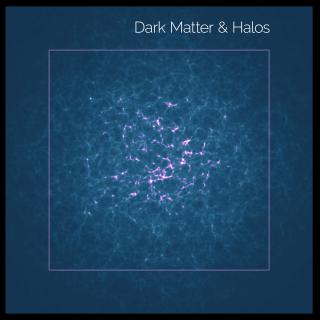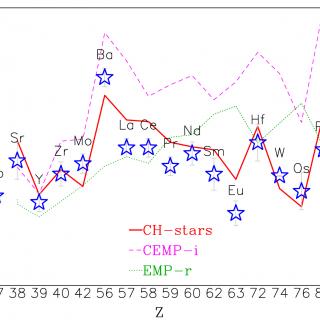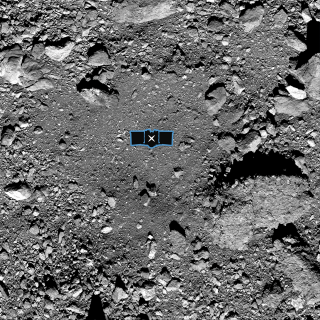
An international collaboration in which researchers from the Instituto de Astrofísica de Canarias take part, has discovered a unique planetary system made up of six exolplanets, of which five perform an unusual rhythmic dance, while they orbit their star. Even so, the sizes and masses of the planets are not in any ordered pattern. This finding, which is published today in the journal Astronomy & Astrophyisics, poses a challenge to current theories of planet formation.
Advertised on




